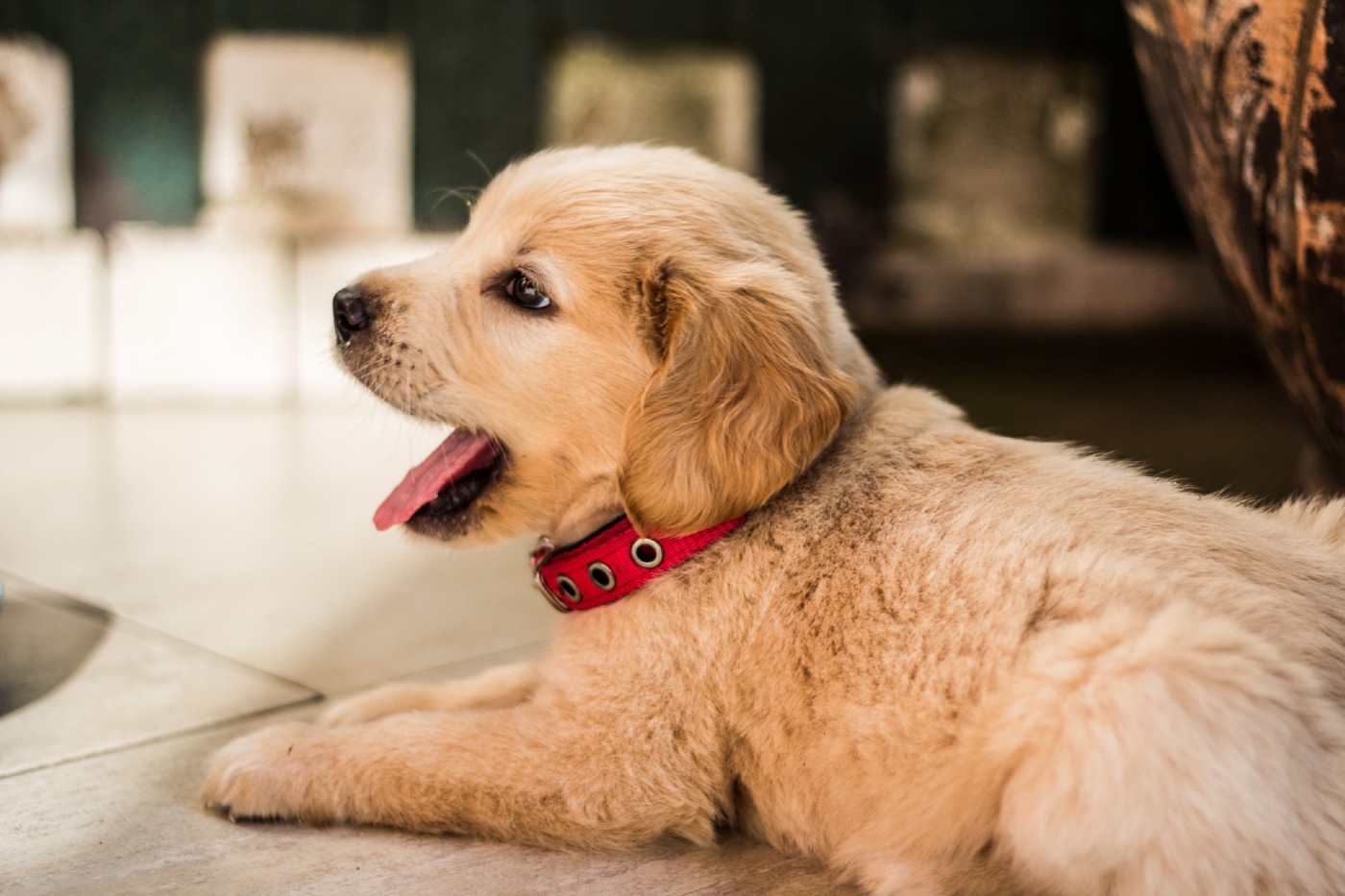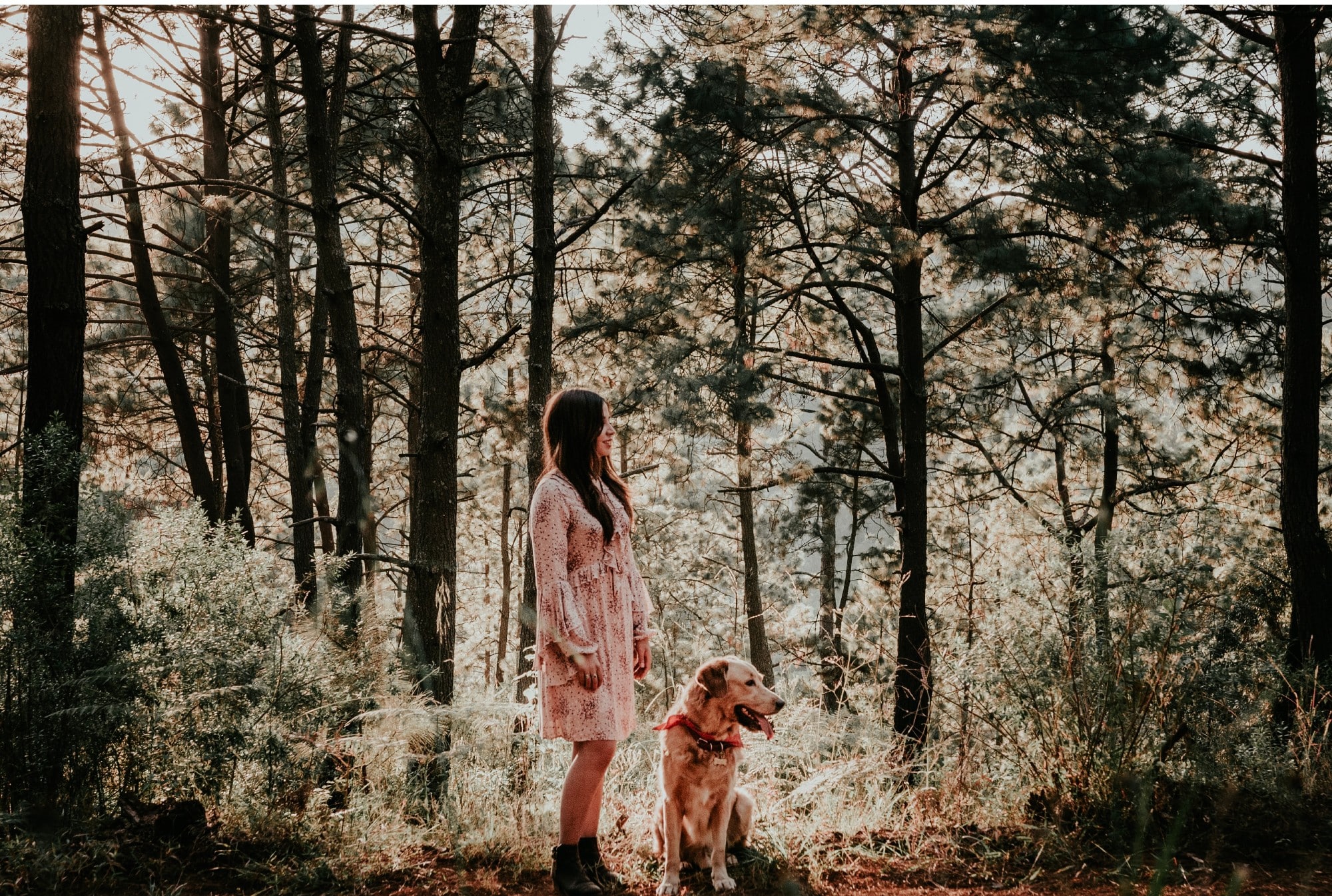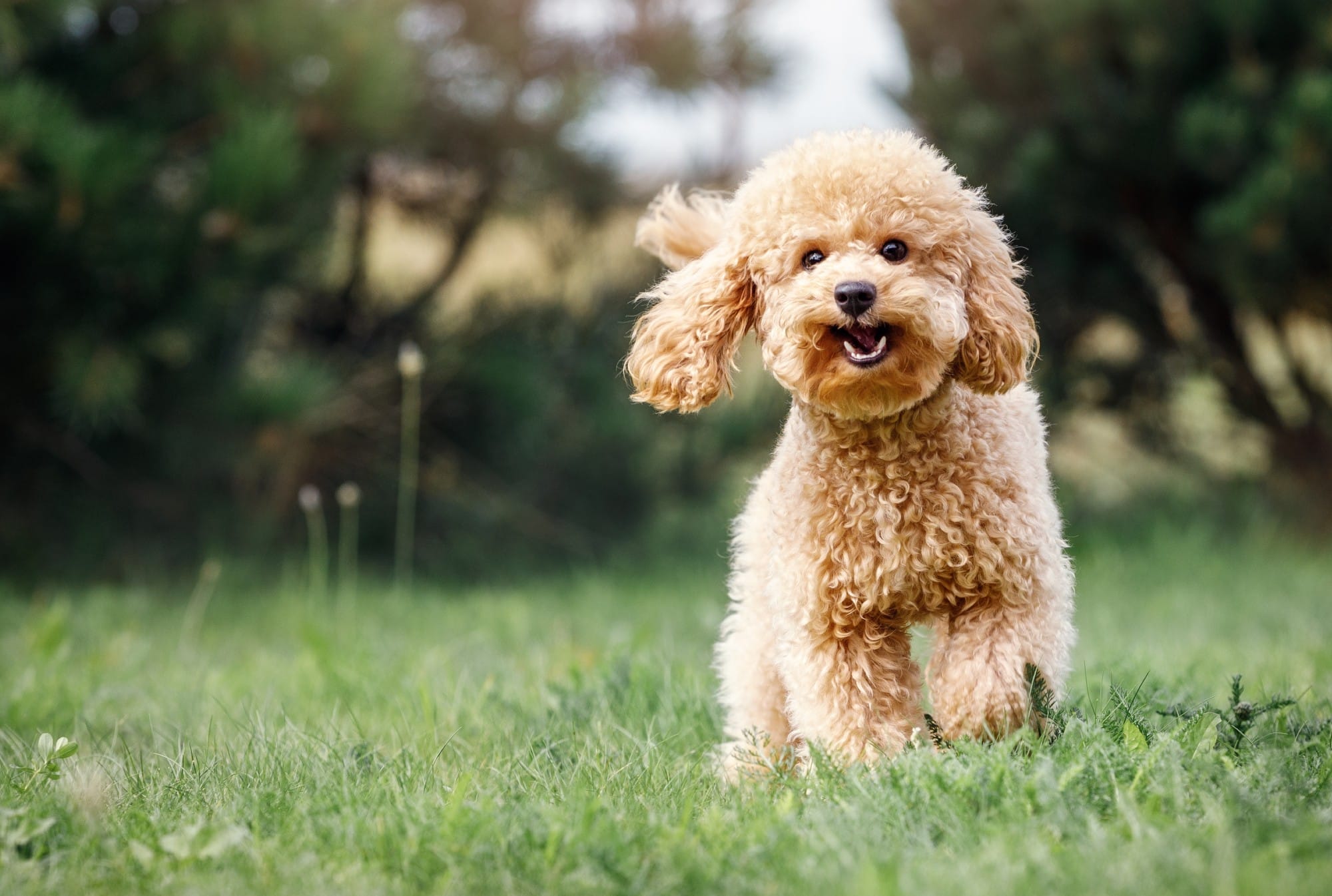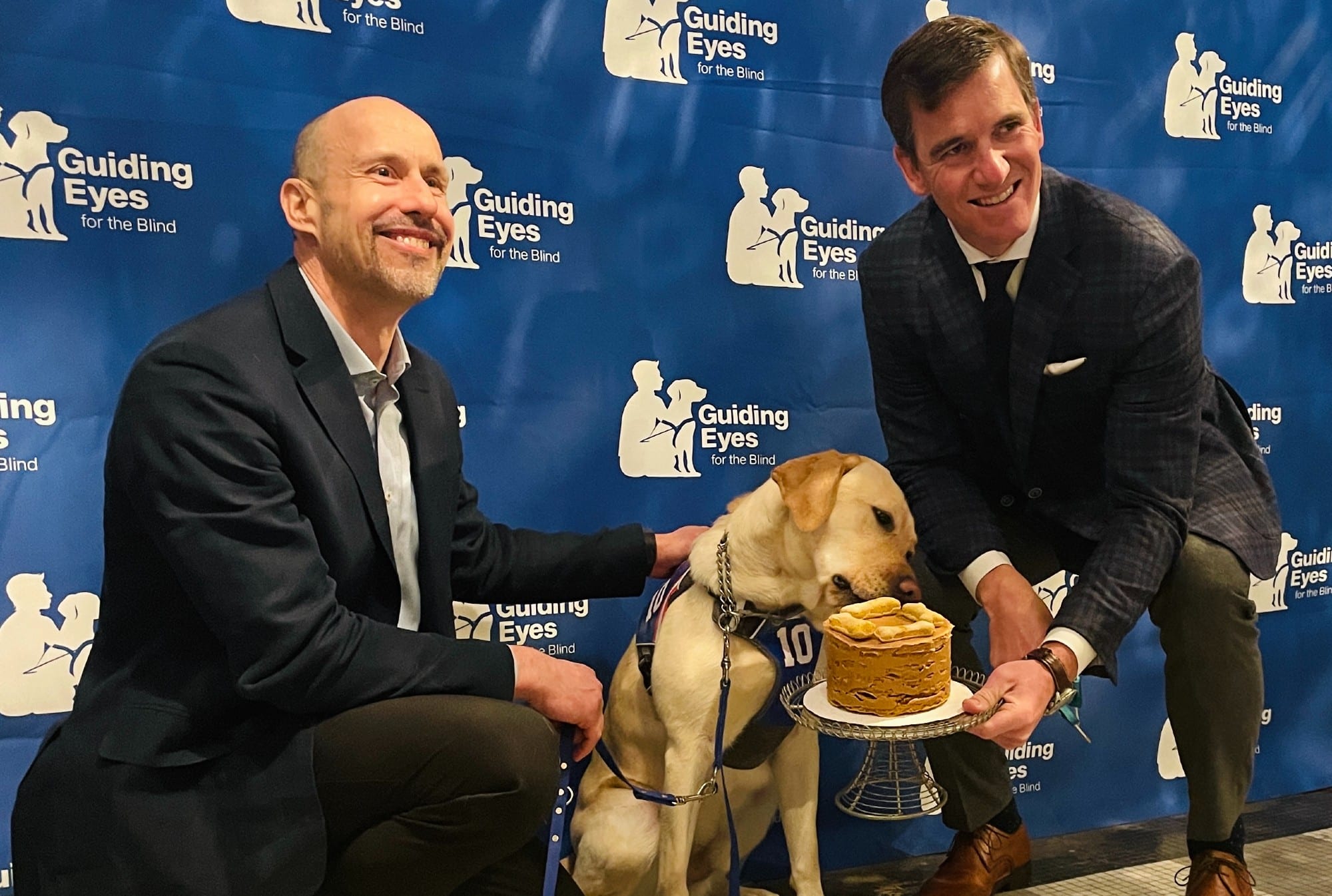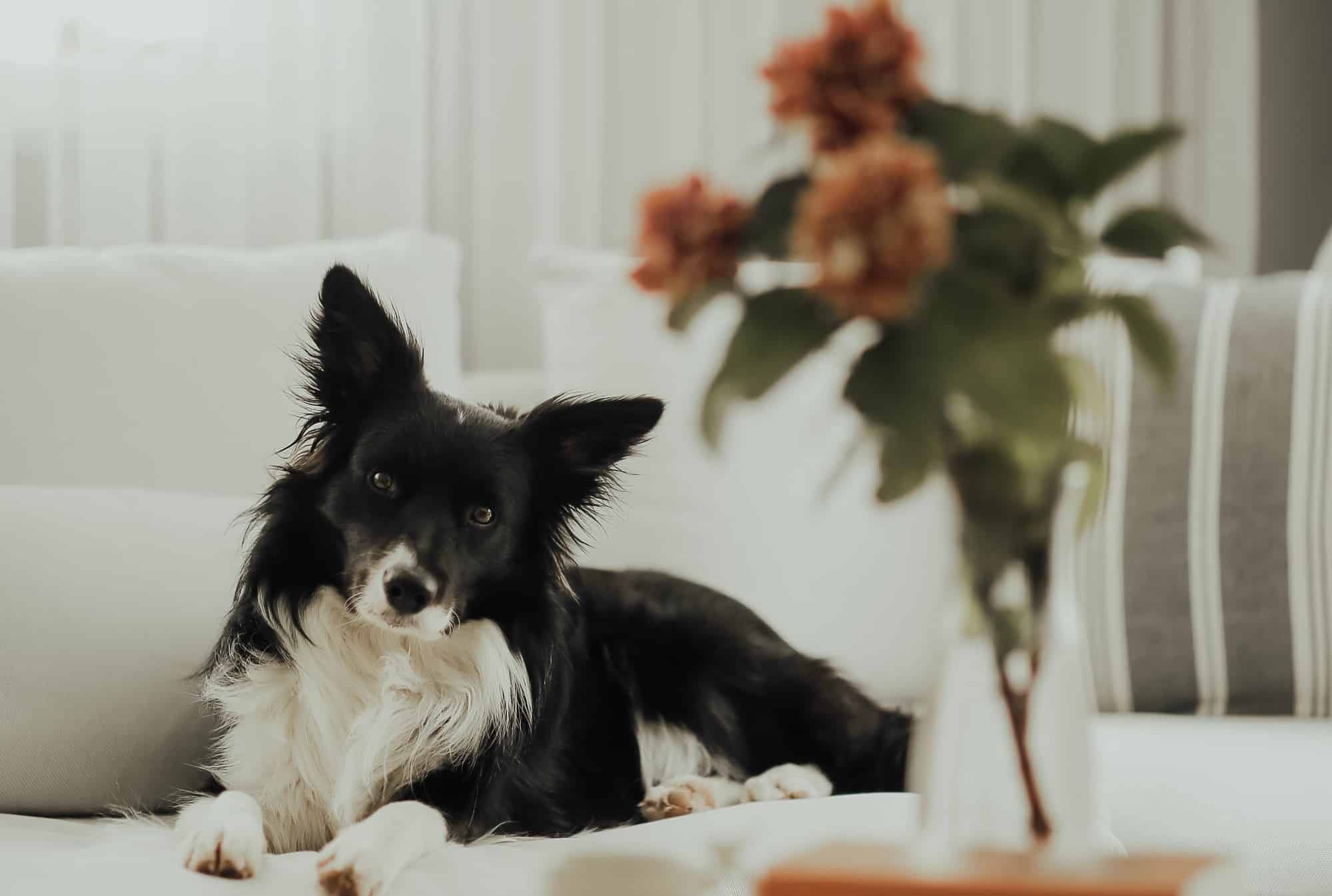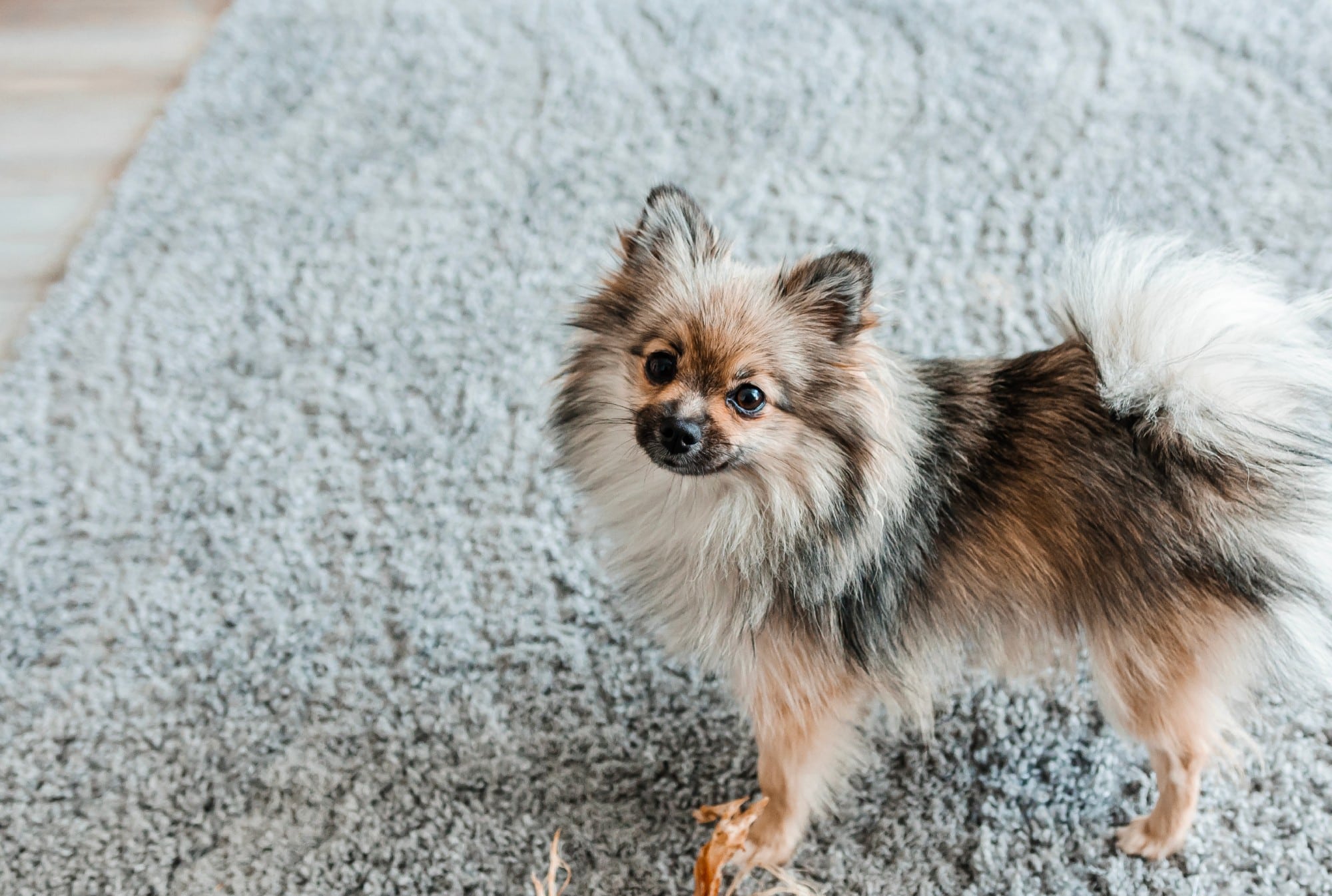Adding a puppy to the family is an exciting decision. While your new furry companion will require a lot of time and work, the love that comes with your lifelong bond is worth every second and bit of effort.
Yet, understanding what you need to do to make sure your pup is happy and develops healthy habits can be overwhelming — especially if this is your first time.
You may be thinking, ‘What do I need?’, ‘What can I expect?’, ‘Where do I even start?’, etc.
We’ve come up with a few tips to help you prepare for your puppy’s first night at home. That way, you and your pup can get started on the right foot (er, paw) and share a more joyous, stress-free experience.
1. Have these necessities ready before your pup’s arrival.
As the saying goes, “Preparation is the key to success.” That all starts with these must-haves.
A bed — Who doesn’t love a comfy, warm bed? Make your pup feel secure and look forward to a restful sleep with a bed she’s bound to love.
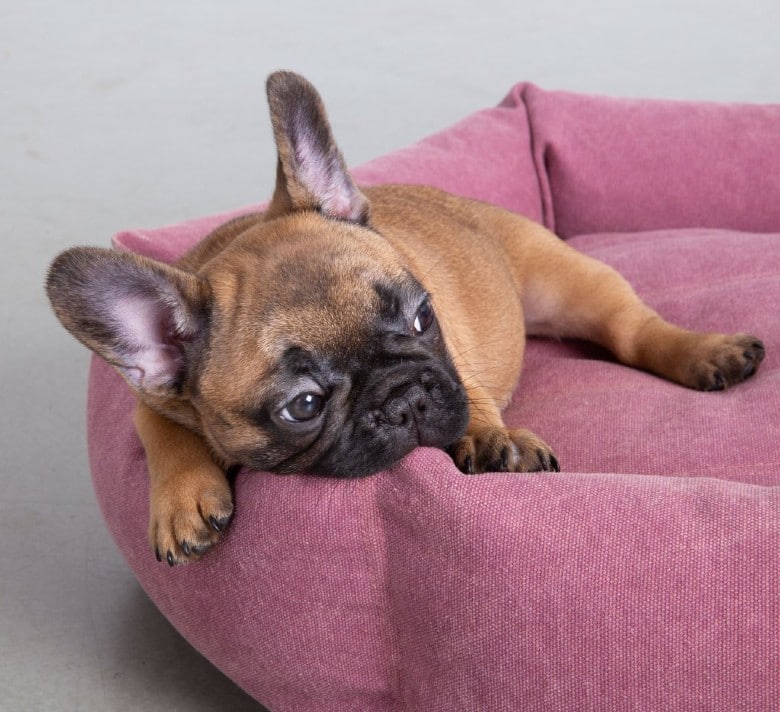
Velvet Hippo’s hexagon dog bed has more sides and more angles, which equals more support. Plus, it made of tightly-woven canvas, making it durable and scratch-resistant.
Price: Starting at $165
A crate — Housetraining and management is easier with a crate. It also provides your pup with a safe space he knows he can always go to.
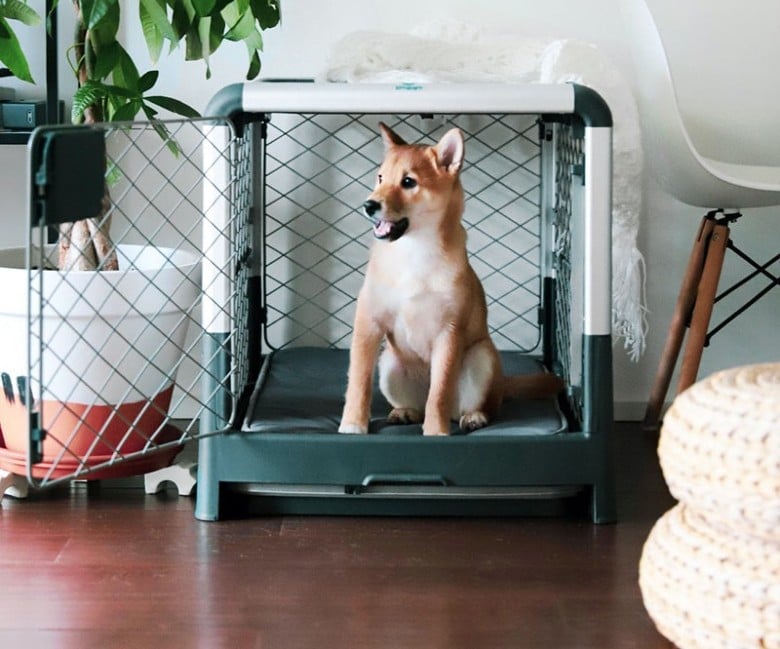
From Diggs, the Revol crate is not only comfortable and inviting, but extremely ergonomical, as you can easily fold it up.
Price: Starting at $245
Food and training treats — The ultimate reinforcers! Consult with a vet to decide on what food is best for a puppy’s diet. Treats will come in handy when it comes to training your pup.
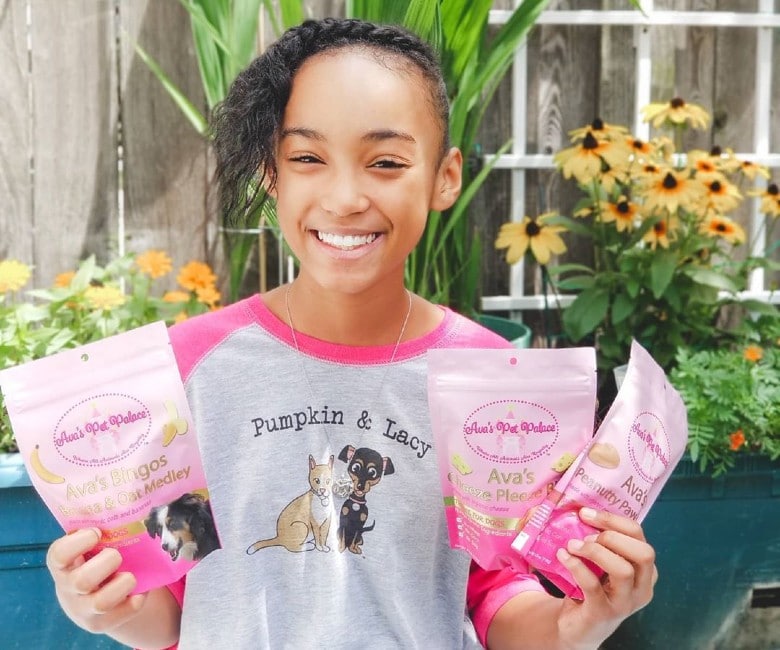
Ava’s Pet Palace treats are all-natural, preservative-free, organic, and with this variety pack, you can keep the treat game interesting while knowing you are giving your dog quality snacks.
Price: Starting at $6
Water and food bowl — Puppies can be messy! Prevent spills and splashes during meals with high-quality bowls you and your pup will appreciate.
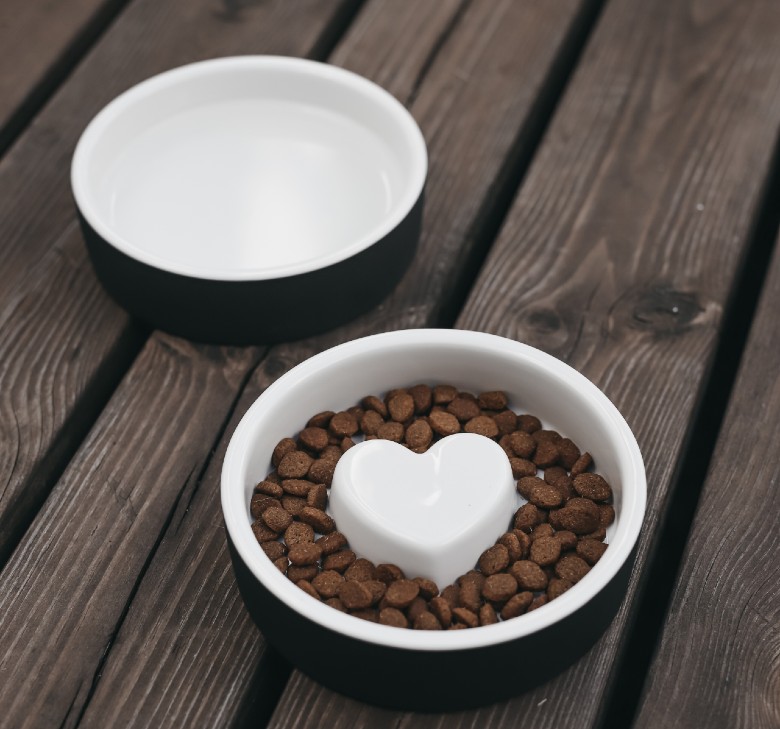
From Finnish brand Paikka, the ceramic bowls keep your dog’s water cool while also slowing down the eating process.
Price: Starting at $27
Bathing and grooming supplies — Your pup is bound to get dirty while they play and explore. Get her used to being groomed early on (and regularly) to keep her healthy.
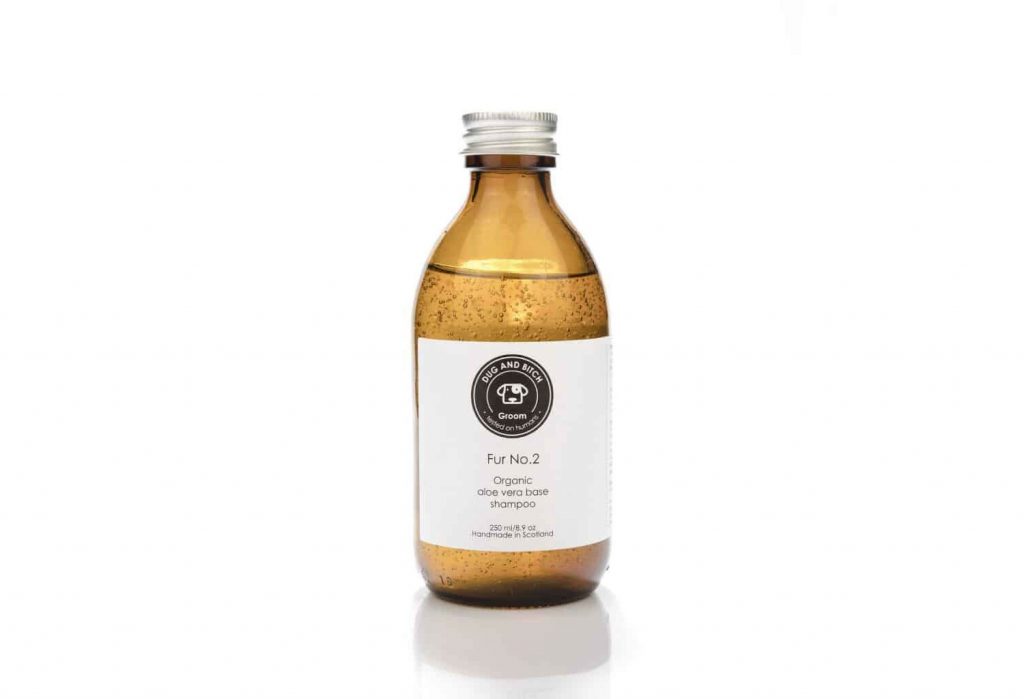
Dug and Bitch aloe vera shampoo is organic, paraben-free shampoo, making it gentle enough for everyday use and perfect for those with sensitive skin.
Price: $15
A collar, leash, and harness — Walking provides an abundance of physical, mental and social benefits for dogs. The sooner you’re able to train your pup, the sooner she’ll be enjoying all the benefits.
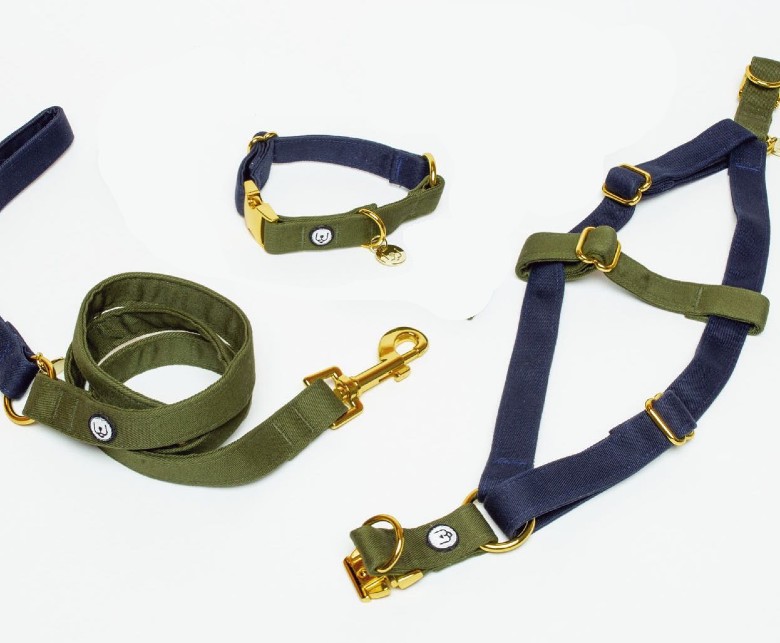
Eat Play Wag’s canvas walking essentials are perfect for the everyday walk. Made of a cotton lining for soft comfort, and a nylon core for sturdiness and strength.
Price: Starting at $35
Toys — A big part of puppyhood is teething. Avoid inappropriate chewing by giving your pup toys he can really gnaw on (while keeping your furniture and belongings intact!).
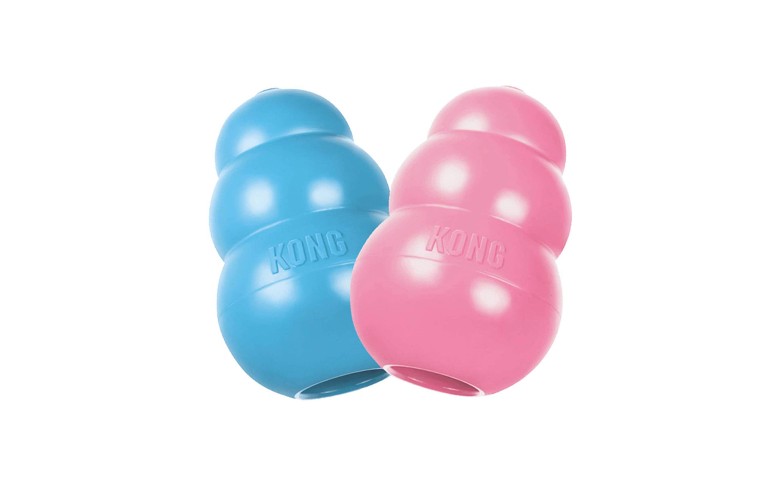
Fan-favorite Kong is perfect for puppies as the rubber is soft enough to not injure the teeth, while the shape allows for mental stimulation.
Price: Starting at $9.99
2. Decide on feeding, sleeping and house training routines before bringing your pup home (and stick to them!)
Want your pup to be more confident and successful when it comes to forming good habits? Establishing a routine will do just that.
A routine not only brings consistency and structure to your pup’s life, it also improves her mental well-being and reduces stress. (Not to mention, yours too! Win-win, right?)
When your pup knows what to expect, she can ultimately live a healthier, more fulfilled life.
Feeding
Small and frequent feedings for puppies is recommended. It’s also recommended to not leave food out at all times, as it can promote obesity, and to instead, plan a feeding schedule.
“If you plan on feeding your puppy using interactive food toys or with training, you can start right away,” says Joan Hunter Mayer, dog trainer and owner of The Inquisitive Canine. She recommends hand-feeding your pup her meal, or at least part of it, to strengthen your bond. This can be done as part of your pup’s regular meal at mealtime or during training times.
Mayer advises checking with your vet about your pup’s diet and feeding as it can vary depending on breed.
Sleeping
Compared to adult dogs, puppies sleep for longer periods of time. Puppies typically sleep anywhere from 18-20 hours a day, which means they’ll spend a lot of time napping throughout the day.
When it’s time for bed, remember to:
- Set up your pup’s bed in a crate she fits in (not too big, not too small).
- Keep the crate beside your bed at night for the first few weeks.
- Let your pup out for a potty break. When your pup whines throughout the night, it could be because she either has to use the bathroom or she wants attention.
- As difficult as it may be, it is often recommended to avoid letting your pup sleep on your bed with you.
Housetraining
The most fun part every dog owner looks forward to, right?
Successful house training may not be the easiest, but it sure does pay off in the long-run.
Puppies may need to go to the bathroom every 2-4 hours while they’re awake. Typically, they can hold it longer at night.
“Focus on where you want your pup to go, rewarding her generously when she does, being consistent in your routine, setting her up to make the right choice, managing tightly when you cannot monitor her behavior and not punishing her if she happens to eliminate in a forbidden area,” Mayer says.
Related: Training Your Dog at Home? Here Are 16 Must-Have Products Experts Recommend.
She provides a time frame of how many hours puppies can hold their urine by calculating their age in months plus one. (e.g. A two-month-old pup can hold it for three hours.)
When it comes to house training, Mayer shares her advice on:
- Preventing accidents: Supervise your puppy in the house and use a crate when you’re unsure if your pup is full or empty.
- Rewarding your pup for going outside: Accompany your pup outside and take her on a leash to the same place every time. Praise and offer her a treat when she’s finished going and if you’re in a puppy-safe location, let her off-leash to play.
- Short-term confinement training: Use crate training as a way to strengthen your puppy’s bladder muscles, create a place for your pup to practice chewing appropriate items and provide a safe place to relax.
- Long-term confinement training: Designate an easy-to-clean area of your home as a confinement area if you’ll be gone longer than your pup can hold it. Confine your pup to the room with puppy gates and place a potty pad at one end of the room and her crate, water, chew toy on the opposite side of the room.
Carving out time and devising a routine that is achievable in your everyday life guarantees both you and your pup will be successful.
3. Ease your puppy’s stress and anxiety.
A big change such as being in a new environment away from their mother, littermates and humans they’ve grown up with can cause acute stress in puppies. Stress can appear in the form of shaking, whining, pacing, hiding, or cowering.
It’s important to reduce your puppy’s stress and make him feel more at home. It’s also important to ensure you’re providing him with the right care and training that will positively impact him for the rest of his life.
Mayer says to allow your puppy to share and exhibit his feelings and to learn your pup’s body language. You may notice a change in eating, drinking, and/or elimination patterns.
“Be patient, listen to them, watch them and remember to comfort them,” she says. “You can’t reinforce fear or anxiety, but you can show you care with love and comfort.”
One way to make your pup feel more comforted as he adjusts to his new home is to put a heartbeat toy in his crate. A heartbeat toy recreates the feeling of being with his mother and siblings with physical warmth and the sound of a pulsing heartbeat.
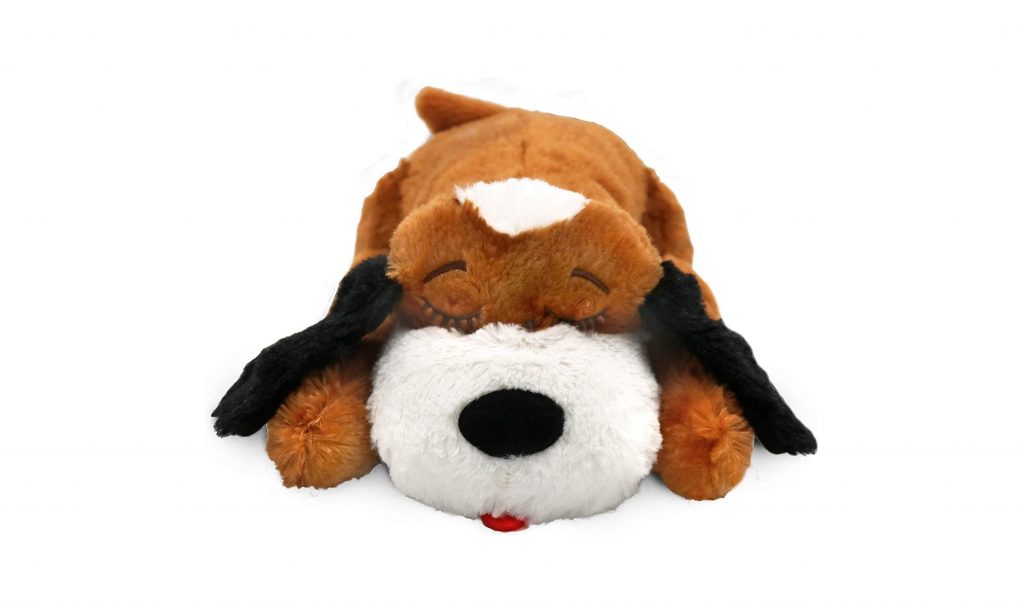
Price: $39.95
Related: When You’re Stressed, So Is Your Dog
4. Remember, puppies like to chew!
Mouthing, nipping, and chewing are normal among puppies since their teething stage lasts until they’re about 6 months old. If your puppy gnaws on your hand, don’t fret! It’s all in good fun in the mind of a pup.
Prevent your puppy from developing bad habits once he’s older by:
- Getting him the appropriate toys or dog chews to decrease the possibility of unwanted chewing of other things.
- Correcting behavior once he’s chewed on something.
- Blocking off parts of the house and picking up belongings so he doesn’t have the chance to chew up anything.
Your pup will instinctively want to exercise his mouth (a lot!) at this stage. Be sure to let him do so in a safe, appropriate manner.
Related: 8 Super Tough Dog Toys for Power Chewers
5. Reinforce good behavior.
A new puppy requires patience, understanding, and consistency. Rewarding good behavior and correcting bad behavior helps pups understand what to do and what not to do. This ultimately makes training a more positive experience for both you and your new furry.
“Owners need to remember that puppies are puppies! They aren’t adult dogs,” Mayer says. “They still need to learn all about their environment and be taught what the rules are in a loving and productive way. Reinforce behaviors you like and want, even when you didn’t ask.”
Reinforcing good behavior early on saves you time, stress and money once your pup grows older.
6. Slowly introduce your pup to new humans and pets.
Considering your pup is a new environment, it’s best for your pup and her new family members to start off on the right foot. (Or paw.)
Your pup will certainly have the spotlight on her when it’s time for her to come home. But a lot of attention, handling and noise can be overwhelming her first night.
Socialization is essential for your puppy, which is why it’s crucial to slowly introduce her to new experiences and make sure they’re positive ones. This reduces the possibility of behavior issues like fear and aggression.
When introducing your pup to family members, be sure you’re in a calm environment and that he is petted gently. Lots of noise or sudden, vigorous petting could very well scare him. The goal is to get your pup used to being petted and familiar with other people.
As for meeting other animals in your household, teach him how to properly interact with other pets (e.g. not barking, chasing or lunging) and reward him for being calm or friendly.
7. Be patient.
A puppy’s brain is like a sponge. It’s up to you as your pup’s new parent to teach him everything he needs to know. He won’t get everything on the first try, but he will eventually as long as you two keep at it.
“Remember that puppies are active, like to play, have lots of energy, and still need to learn what is expected of them,” Mayer says. “Be patient and understanding, and a good teacher.”
Even when the process may be difficult, remind yourself why you decided to get a puppy and know that your time and effort will be worth all the cuddles and moments you and your pup will share!













